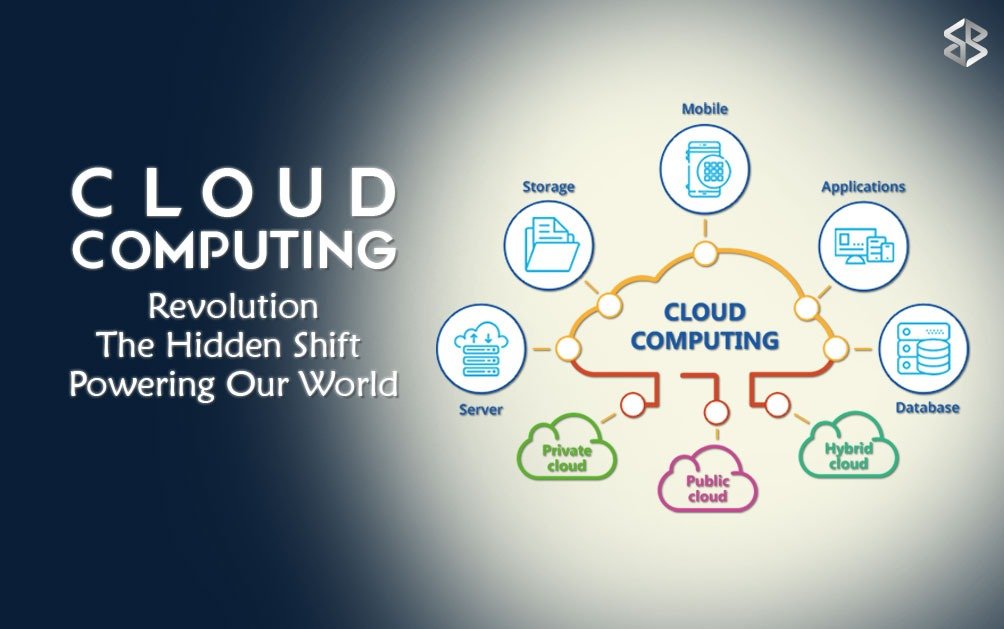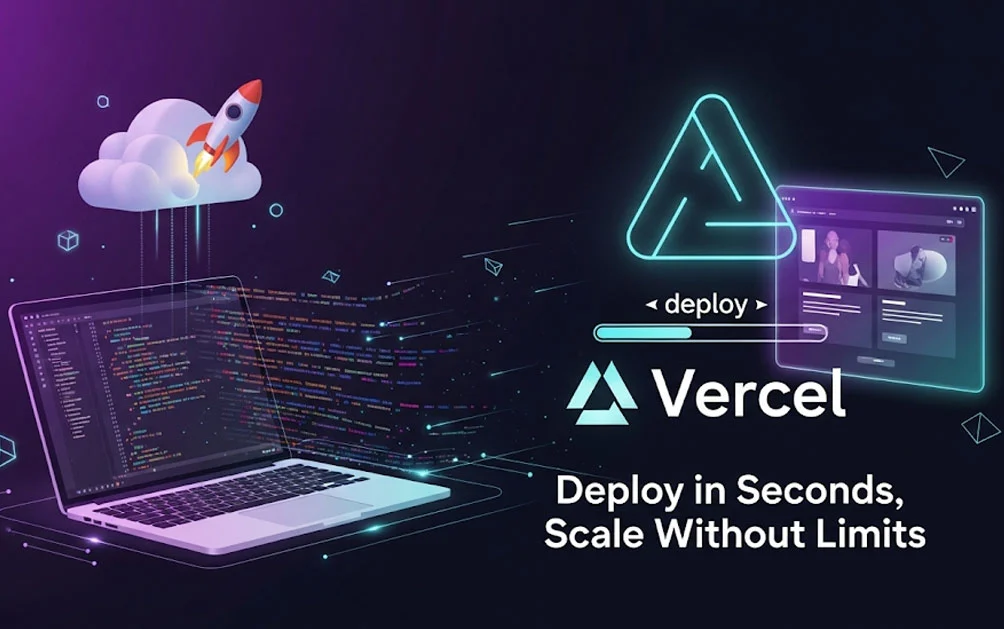The Cloud Revolution Nobody Saw Coming
It’s wild how fast things can change. Not too long ago, if a company wanted to run big software systems or store huge amounts of data, they had to build everything from scratch — servers, cooling rooms, cables, all that messy stuff. Today? Most of that has quietly drifted into the cloud computing space.
Cloud computing has become the invisible engine of the modern world. It is behind the apps we use, the movies we stream, even the payments we make online. Yet most people barely think about it. For businesses, though, this shift isn’t just a tech upgrade — it’s survival.
Why the Cloud Became Everyone’s New Home
Let’s be honest — the idea sounds simple. Instead of owning expensive machines, you just “borrow” them online whenever needed. But behind that simplicity sits an ocean of engineering.
Every time a company moves its operations to the cloud, it is basically renting a piece of someone else’s supercomputer — usually from tech giants like Amazon, Google or Microsoft. These cloud service providers run massive data centers that look like futuristic fortresses, filled with racks of blinking servers and cooled by sea air.
The beauty of it? Companies only pay for what they actually use. That flexibility has flipped the old tech world upside down. Before, a business had to spend millions upfront to handle data. Now, it can start small, experiment, and scale up only when things take off.
A New Kind of Power Game in Cloud Computing
Something interesting happened when the cloud took over — control shifted. Earlier, governments and large institutions owned their own data systems. But today, much of the world’s information runs on private cloud platforms controlled by a handful of global players. It’s convenient — and a little unsettling at the same time.
That’s why you’ll often hear experts talk about “cloud transformation.” It’s not just about switching where data lives. It’s a full rethink of how an organization works — how fast it can adapt, how safely it can move, and how smartly it spends.
A retail business, for example, no longer needs to panic about Christmas or Black Friday traffic crashing its site. Cloud services scale automatically — they grow and shrink with demand. It’s like hiring extra hands for a few hours, then letting them go when the rush is over.
The Art of Making Things Simple
One big secret behind cloud computing’s success is abstraction — the art of hiding complexity. The word sounds academic, but it’s actually something humans have been doing forever.
In the early computer days, programmers used punch cards. One wrong hole meant the whole thing failed. Then came high-level languages like Python that made coding easier. Over time, each layer of technology abstracted away a bit more of the painful details.
Cloud computing took that same idea and ran with it. Now, developers don’t have to worry about physical machines, cables, or cooling. They just log in and build. The boring stuff disappears in the background. It’s like ordering food instead of farming your own ingredients — you still get the result, but much faster.
When Small Players Think Big with Cloud Computing
Here’s what makes the cloud so powerful — it gives small players a seat at the big table. A new startup with nothing but a good idea can launch globally within weeks. No big servers. No technical nightmare. Just creativity and a few clicks.
Even traditional fields like healthcare and education are catching up. A small hospital can now store patient data securely, run advanced analytics and even use AI tools to predict risks — all powered by cloud platforms.
In short, the cloud is breaking old hierarchies. It is no longer about who has the biggest office or the fattest wallet. It’s about who moves faster.
The Cloud’s Hidden Price
But let’s not sugarcoat it — the cloud isn’t perfect. Handing control of your data to a few global companies always comes with trade-offs. Privacy becomes trickier. Security depends on how seriously your provider treats it.
And then there’s the dominance issue. Right now, only a few providers control most of the global infrastructure. That’s like having just a few banks in charge of the world’s money. They’re efficient, yes, but it’s also a lot of power concentrated in very few hands.
That’s why some organizations are experimenting with open-source and
. They want the best of both worlds — flexibility without giving up control.
The Cloud Is Feeding the Future
Here’s something not many people realize: the cloud isn’t just storing data — it’s powering the technologies of tomorrow.
Machine learning, artificial intelligence and big data all depend on the computing muscle that cloud infrastructure provides. Every time an AI recommends a movie, predicts the weather, or even generates an image, it’s leaning on cloud systems somewhere.
Even financial markets have started treating computing power like a tradable asset — something you can buy, sell and exchange. Think about that for a second: we have reached a point where computing itself is a currency.
The Road Ahead for Cloud Computing
If there is one thing clear, it’s that the shift to cloud computing is not slowing down anytime soon. It’s fast, cost-efficient and ridiculously scalable. But that speed also demands responsibility.
Businesses need to make sure the same cloud platforms that empower them don’t quietly trap them. Open systems, clear data policies, and ethical use will define who truly wins in the long run.
The future might not be fully in the clouds, but a big chunk of it definitely lives there.
And maybe that’s the beauty of it — an invisible technology holding up everything we see, yet barely asking for attention. The world’s biggest transformation, happening quietly in the background.
Final Thought
Cloud computing isn’t just tech jargon. It’s the modern version of infrastructure — like roads and electricity once were. The difference is, this one’s invisible. And while most people don’t notice it, those who understand it are already shaping the future with it.



